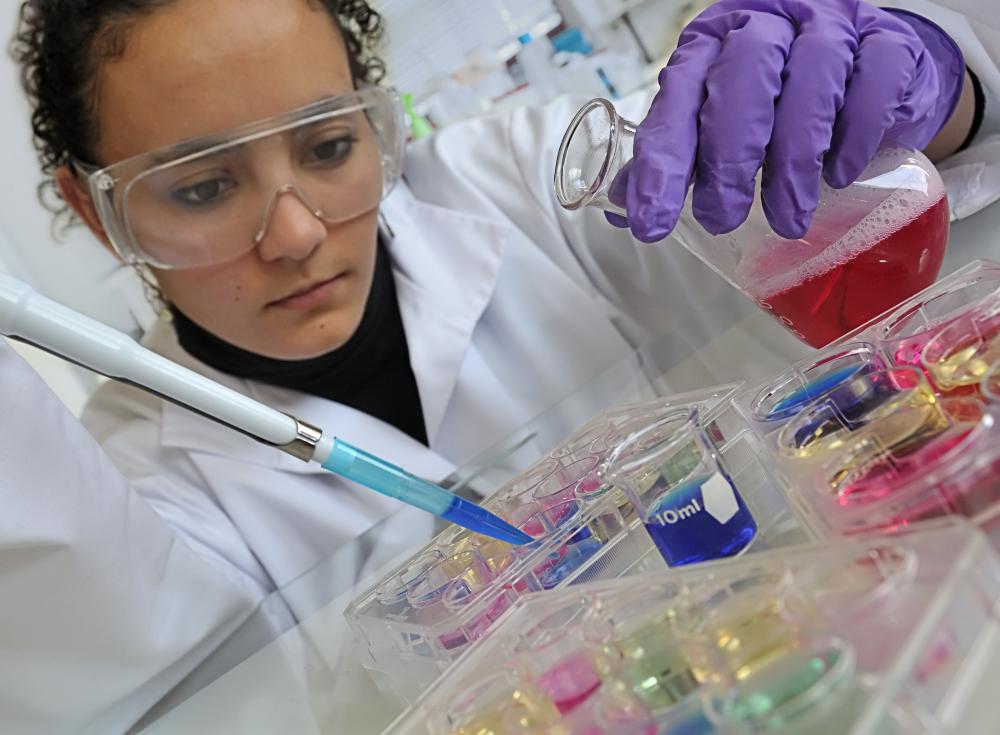At WiseGEEK, we're committed to delivering accurate, trustworthy information. Our expert-authored content is rigorously fact-checked and sourced from credible authorities. Discover how we uphold the highest standards in providing you with reliable knowledge.
What are the Different Types of Interactive Science Activities?
There are many different types of interactive science activities, usually based on the particular field of science being considered and the type of equipment available. One of the most common activities is experimentation, especially in classes dealing with physical sciences and chemistry. There are also a number of activities that can involve observation and action taken on the part of the observer, usually to test ideas or find differences in various objects. Some types of interactive science activities are also done with the use of computers and other forms of technology.
Interactive science activities are those activities that are used to help demonstrate scientific ideas to someone in a way that goes beyond passive listening or viewing. These activities often serve to help someone better understand the realities of a scientific concept or to allow someone to come to certain scientific conclusions himself or herself. While many subjects in school can be made interactive, science is certainly one of the easiest fields to utilize.

The study of physical sciences provides a number of opportunities for a teacher or student to use interactive science activities. Biology could include activities such as looking at how animals in a zoo move and then trying to replicate those movements to see how the muscles and bone structure of the human body differ from those of other animals. Physics can often be studied through the use of simple experimentation, such as by dropping several objects and recording their fall times to understand constant acceleration due to gravity. Interactive science activities in chemistry can also involve active experimentation, though this typically includes the observation of how various chemicals combine and react to each other.

There are also many interactive science activities that utilize computers and various types of technological equipment. The previous example of dropping objects to observe physical properties could be assisted by a computer and a camera that tracks the movements of the objects and records velocity to help a student better understand how velocity, acceleration, and gravity are all connected. There are also a variety of computer programs that can be used to study science in ways that may be easier than direct observation. These sorts of interactive science activities include virtual planetariums that allow a student to look at stars on a computer monitor, biology presentations that let students interact with and explore cell structures, and computer animations that demonstrate how disparate particles and bits of mass could come together and form the stars and planets of a solar system.
AS FEATURED ON:
AS FEATURED ON:












Discuss this Article
Post your comments